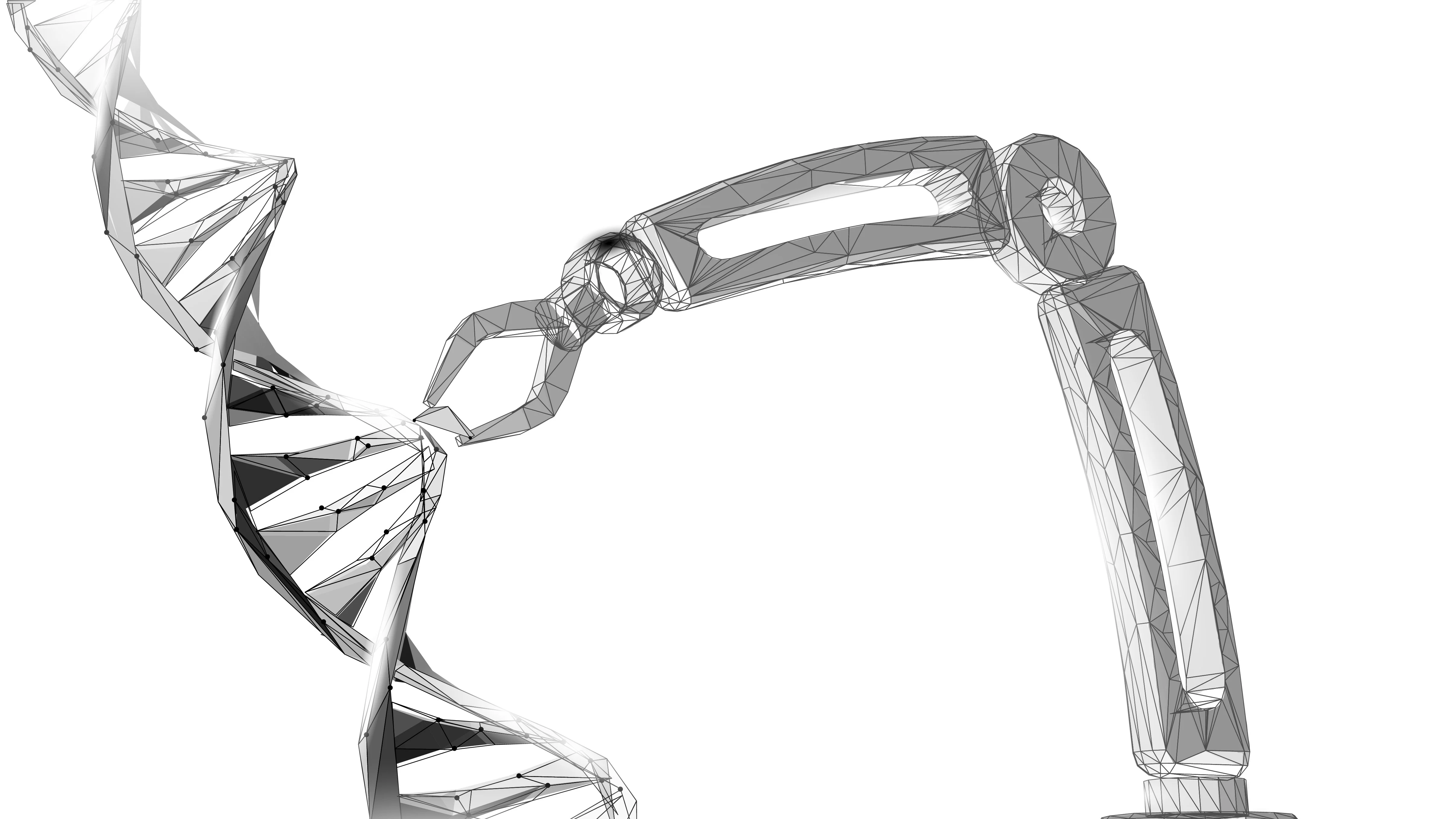Patent document translation is a key link in the field of intellectual property, and its quality directly affects the approval, protection scope and subsequent legal proceedings of patent applications. How to ensure the quality of patent document translation? This article will discuss in detail some precautions in patent document translation.
1. Understand the composition of patent documents
Patent documents usually consist of titles, abstracts, claims, specifications, drawings and sequence tables (if any). The functions and language characteristics of each part are different, so they need to be handled separately during translation.
2. Accuracy of professional terms
Patent documents contain a large number of professional terms. When translating, you should refer to authoritative technical dictionaries, patent literature in related fields and academic papers to ensure the accuracy and consistency of the terms. When encountering difficult-to-determine terms, you should consult experts in time to avoid errors or ambiguities.
3. Rigorousness of legal language
Since patent documents are not only technical documents, but also legal documents, special attention should be paid to the rigor of legal language during translation, avoid ambiguous expressions, and ensure that the legal meaning of each sentence is clear. Consider the differences in patent laws and regulations in target countries and regions, be familiar with the patent examination standards and application procedures of target countries, ensure that the translated content meets local legal requirements, and adapt to the patent laws and regulations of different countries.
4. Consistency of logical structure
The logical structure of the original text must be maintained during translation, including the order of paragraphs and sentences, punctuation and format, to ensure that the translated document is logically consistent with the original text. At the same time, all citations and references should be accurate to avoid translation errors affecting the validity of the document.
5. Language habits and cultural differences
During the translation process, attention should also be paid to language habits and cultural differences. Different languages and cultural backgrounds have different ways of expression. When translating, avoid blunt literal translation to ensure that the language is fluent and natural and in line with the expression habits of the target language.
6. Confidentiality of documents
Patent documents involve commercial secrets and technical secrets, and strict confidentiality principles must be observed during translation. Signing a confidentiality agreement, ensuring the safety of the translation work environment, and encrypting and backing up electronic documents are all effective measures to prevent information leakage and data loss.
In summary, the translation of patent documents requires not only precise technology and legal language, but also attention to multiple factors such as cultural differences, legal requirements and patent regulations. The quality of translation directly affects the validity and scope of protection of the patent, so every link cannot be ignored.











